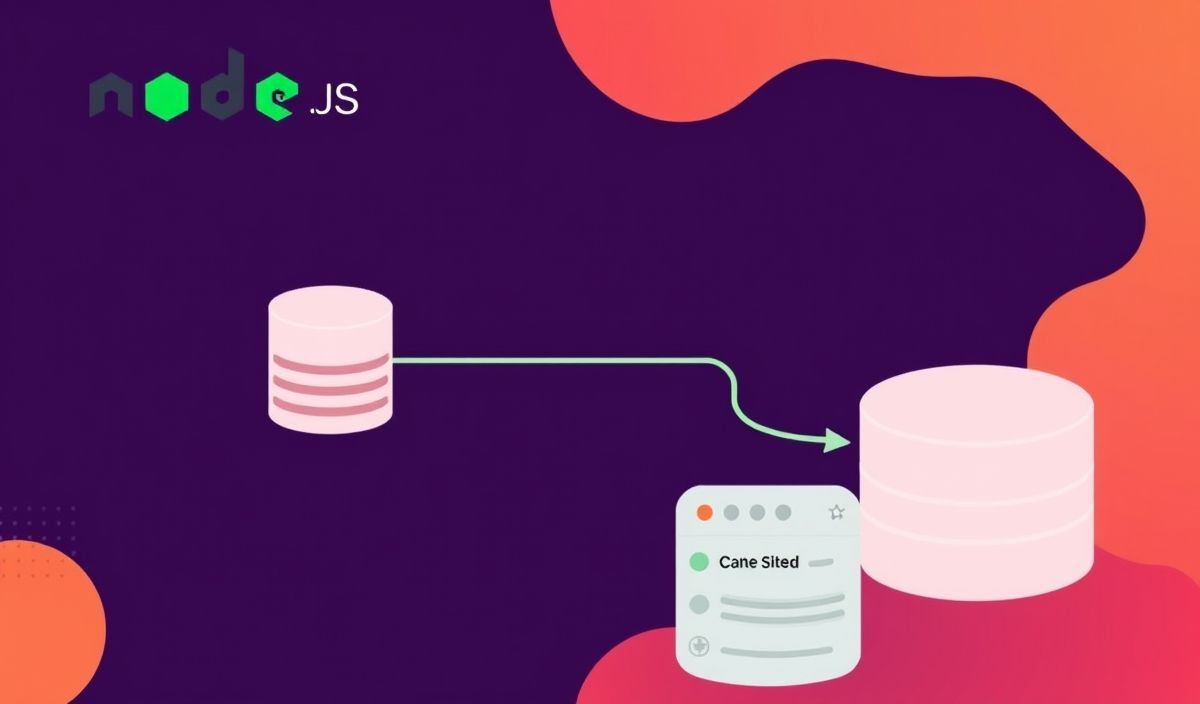Introduction to first-chunk-stream
Efficient streaming and handling of large data chunks are crucial for performance-optimized Node.js applications. The first-chunk-stream module allows developers to easily manipulate the first chunk of a stream, providing unique opportunities for data processing and transformation. In this blog post, we will introduce various APIs of first-chunk-stream and demonstrate their usage through code snippets and a detailed application example.
APIs of first-chunk-stream
Creating a First Chunk Stream
You can create a first chunk stream using the firstChunk function. It takes a callback function which is invoked with the first chunk of the stream:
const firstChunk = require('first-chunk-stream');
const stream = someReadableStream().pipe(firstChunk({ chunkLength: 10 }, (chunk, enc, cb) => {
// Processing the first chunk
cb(null, chunk);
}));
Modifying the First Chunk
This API allows you to modify the first chunk before passing it to the downstream:
const modifiedStream = someReadableStream().pipe(firstChunk({ chunkLength: 10 }, (chunk, enc, cb) => {
const modifiedChunk = Buffer.from('Modified: ' + chunk.toString());
cb(null, modifiedChunk);
}));
Add Custom Header to a File Stream
Example of adding a custom header to a file stream using first-chunk-stream:
const fs = require('fs');
const firstChunk = require('first-chunk-stream');
const readStream = fs.createReadStream('input.txt');
const writeStream = fs.createWriteStream('output.txt');
readStream
.pipe(firstChunk({ chunkLength: 0 }, (chunk, enc, cb) => {
cb(null, Buffer.from('Custom Header\n') + chunk);
}))
.pipe(writeStream);
Checking Data Format
Check data format such as magic numbers in files:
const firstChunk = require('first-chunk-stream');
someReadableStream()
.pipe(firstChunk({ chunkLength: 8 }, (chunk, enc, cb) => {
if (chunk.toString('hex', 0, 4) !== '89504e47') {
return cb(new Error('Not a PNG file'));
}
cb(null, chunk);
}));
Application Example
Let’s create an example: a simple application that reads a text file, adds a header to it, and writes the result to a new file.
const fs = require('fs');
const firstChunk = require('first-chunk-stream');
const addHeaderToFile = (inputFile, outputFile, header, callback) => {
const readStream = fs.createReadStream(inputFile);
const writeStream = fs.createWriteStream(outputFile);
readStream
.pipe(firstChunk({ chunkLength: 0 }, (chunk, enc, cb) => {
cb(null, Buffer.from(header + '\n') + chunk);
}))
.pipe(writeStream)
.on('finish', callback);
};
addHeaderToFile('input.txt', 'output.txt', 'Custom Header', () => {
console.log('Header added successfully');
});
This application reads input.txt, adds ‘Custom Header’ as the first line, and writes the resulting content to output.txt.
Hash: 98a1d89ba6d62d3e2b4a50ffd5065928de88461bf0c166a1ce78d76ab7d7d004




